The QNAP TS-h2490FU Rackmount NVMe Equipped Flash Server – Fast just got FASTER!
Despite the fact that NAS technology is very much on the top of its game in 2020/2021, is has to be said that the developments in top tier fast media as still not being fully used in NAS server environments. HDDs are getting bigger (18TB and 20TB in the works) and SATA SSDs are now embraced in the majority of systems, but NVMe based SSD seems to be getting faster by the day and we have not seen any of the most popular NAS brands jump on board with this – TILL NOW.QNAP has just revealed the new NVMe ONLY Flash server rackmount NAS, the TS-h2490FU, and it is quite the powerhouse of a device. Arriving with 24 bays, a completely new and industry-unique CPU in the 2nd generation AMD EPYC series of processors, up to a staggering 4TB of memory, 25Gbe ports and the raw storage utilization of NVMe U.2 (PCIe Gen 3 x4) over 32Gb/s of dedicated bandwidth each, this is an absolute BEAST. Designed with flash storage in mind, with operations hitting speeds of 14,028 MB/s Read and 10,582 MB/s write, this ZFS equipped device also features the inline data deduplication and compression that will improve bandwidth efficiency, space utilization and (especially important with flash use) durability long term. This along with a whole bunch of QNAP specific features and services in QuTS hero make this a very complete and very fast solution. Let’s find out more about the QNAP TS-h2490FU Rackmount NAS server.
What is the Big Deal about an NVMe SSD Only Rackmount NAS?
Before we go any further though on the TS-h2490FU QNAP NAS, we should probably address the subject of flash storage and why it is currently a thing. Most people know that when you buy any kind of storage server, once you introduce multiple media drives, systems can harness the multiple read and multiple write actions to provide an overall faster and higher bandwidths to a connected network. However, traditional hard drives do this with a certain number of concessions, such as an overall lower performance speed compared with SSD due to their moving parts. Likewise, the individual operations at any given second are considerably lower on a hard drive due to the mechanical need for internal platters to be read rotationally. This is chiefly one of the biggest advantages of SSD vs hard drives, as SSD is not mechanical in nature and both data can be read fast and in multiplicity across the whole disk via multiple operations any second. These much higher speed and performance are the core reason for the utilization of flash storage, but flashstation is a little bit more than that. If you open up a standard solid-state drive, inside you’ll find several components. You find a controller (managing the access), an area of memory (typically known as SDRAM) and multiple modules of storage that comprise the overall capacity of the SSD (cells). Does this sound familiar?

Yes, that is because it sounds a whole lot like a NAS – with its CPU to control the device, its memory to handle processors and multiple storage modules in the form of drives in a RAID. In short, a flashstation server acts as a giant SSD, with individual SSD acting as the individual NAND found within a solid-state drive. The result of this is that a flash server can provide both performance speed and IOPS that genuinely will never be achieved in a traditional NAS server at this scale. This goes way beyond simple file handling and editing, and more into the realm of AI algorithms, physics engines and lightning-fast computer processes, way above the speed of that found elsewhere. The theory behind flash storage has been around for a long time, we have just been waiting for the rest of the technology behind both its construction and its utilization to catch up. The QNAP TS-h2490FU flash server takes all of this and then goes one step further by the utilization of NVMe (U.2) storage media, which is SIGNIFICANTLY faster than traditional SATA SSD. Indeed, each NVMe U.2 slot in the 24-Bay TS-h2490FU features PCIe Gen 3×4 and 32GB/s of bandwidth to deliver data. Feed that into one or more RAID configurations and you are looking at megabyte transmission in the 10s of thousands per second.
What are the Hardware Specifications of the QNAP TS-h2490FU Rackmount Flash NAS?
As mentioned, the hardware featured in the TS-h2490FU QNAP is some of the most powerful I have ever seen in a NAS, as well as being one of the first solutions from the brand that I have seen that arrives with 25Gbe as standard. Below is the hardware highlights of the QNAP TS-h2490FU Flash Server NAS:
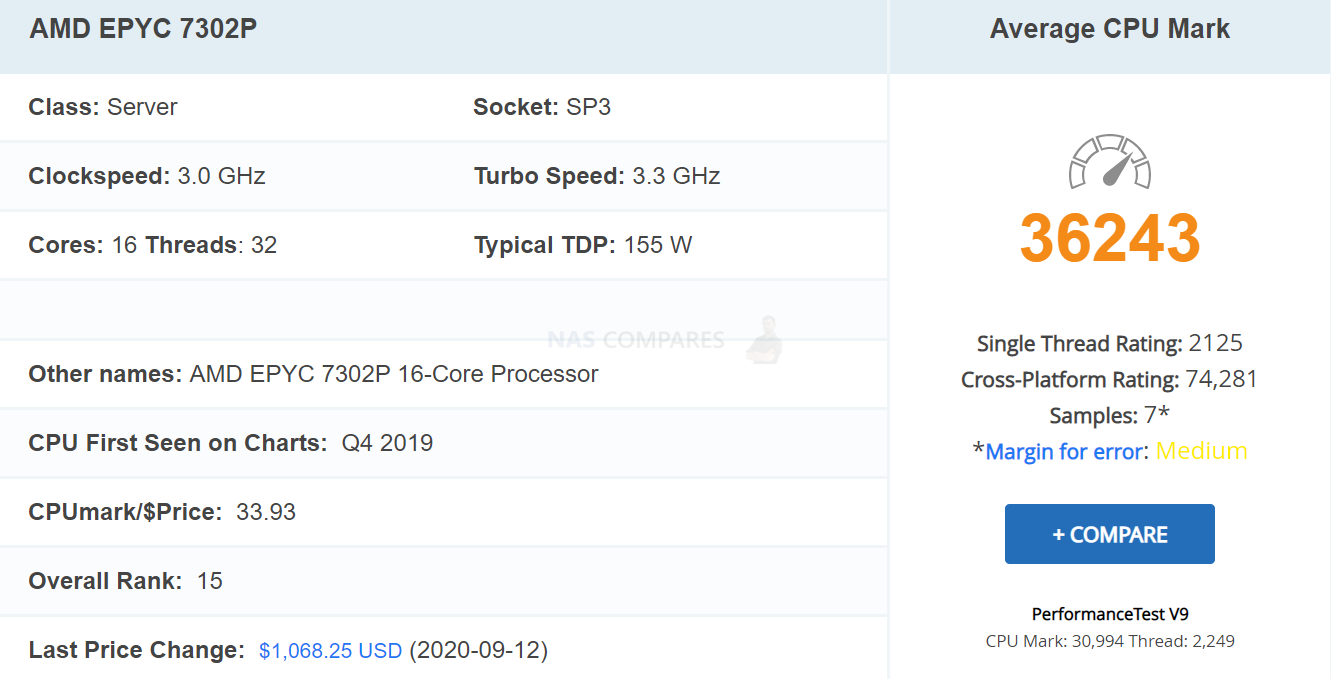
- Two CPU options, The AMD EPYC 7232P 8-core 3.1 GHz processor (up to 3.2 GHz) or the AMD EPYC 7302P 16-core 3.0 GHz processor (up to 3.3 GHz)
- Two Default Memory options of 64 GB RDIMM DDR4 ECC (8 x 8 GB) and 128 GB RDIMM DDR4 ECC (8 x 16 GB). The system supports up to a staggering 4TB (16 x 256 GB) of memory

- Features 24 x 2.5-inch U.2 PCIe Gen 3 x4 NVMe Bays
- 4 x 25GbE (SFP28 SmartNIC) Ports
- 2x 2.5Gbe Copper Ports
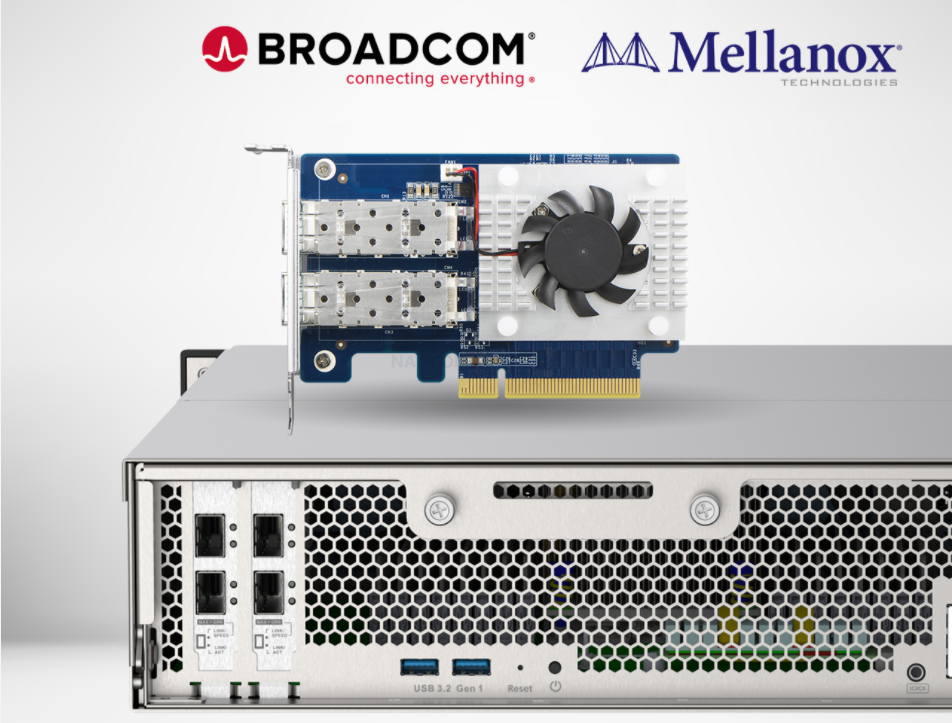
- 2x PCIe Gen4 x4 Slots
- 2x PCIe Gen4 x8 Slots
- 1x PCIe Gen4 x16 Slot
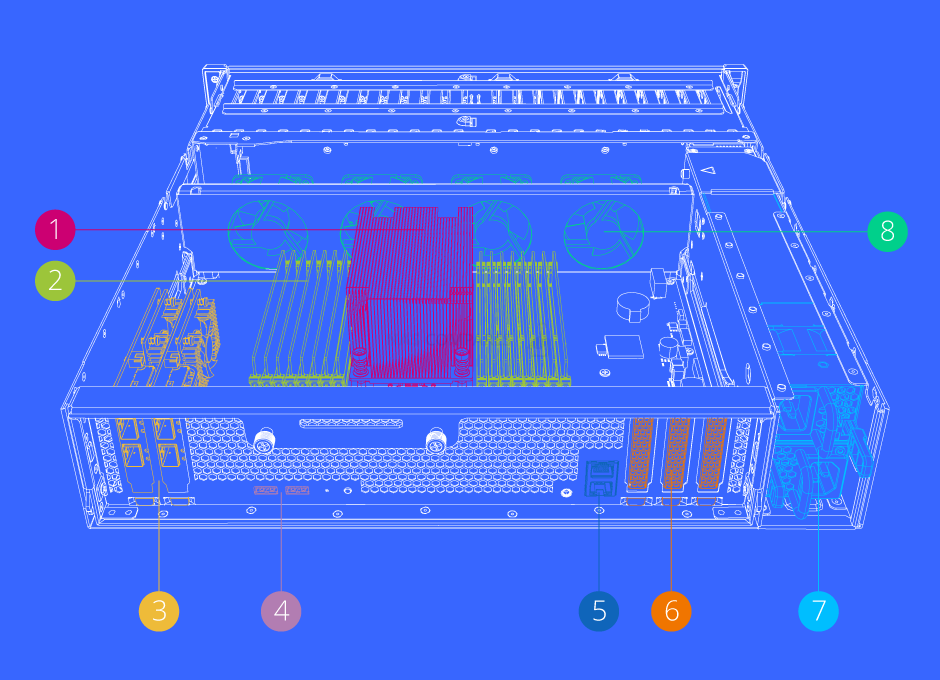
- 2x Slots are occupied with the 2x 25Gbe Cards by default
- 2x USB 3.1 Ports
- 88.3 × 480.97 × 510.23mm in Size
- 1100W PSU x2 (Redundant PSU)

- 277.64W Tested Operational Power Use (fully populated)
- 53.5 db(A) Reported Noise Level in Use
Finally, the QNAP TS-h2490FU is backed by a 5-year warranty as standard.
What are the Software Specifications of the QNAP TS-h2490FU NAS?
The software found with the QNAP TS-h2490FU NAS can be broken down into 2 sections. namely those of the advantages that QNAP QTS already bring to a business user, and then the widespread system and storage advantages that QTS hero and ZFS bring as well. For those unfamiliar with the QNAP operating system, it arrives with hundreds of free applications, can be accessed from a web browser or desktop client, arrives with many, many apps for mobile on IOS and Android and is definitely in the top two operating systems you can get for network-attached storage devices. Often compared with their biggest rival Synology NAS and DSM, QNAP QTS GUI is designed in a way that will definitely appeal more to Android and Windows users, giving you everything you will need from a network-attached storage device in 2020 and arrives with constant updates for added features and security.
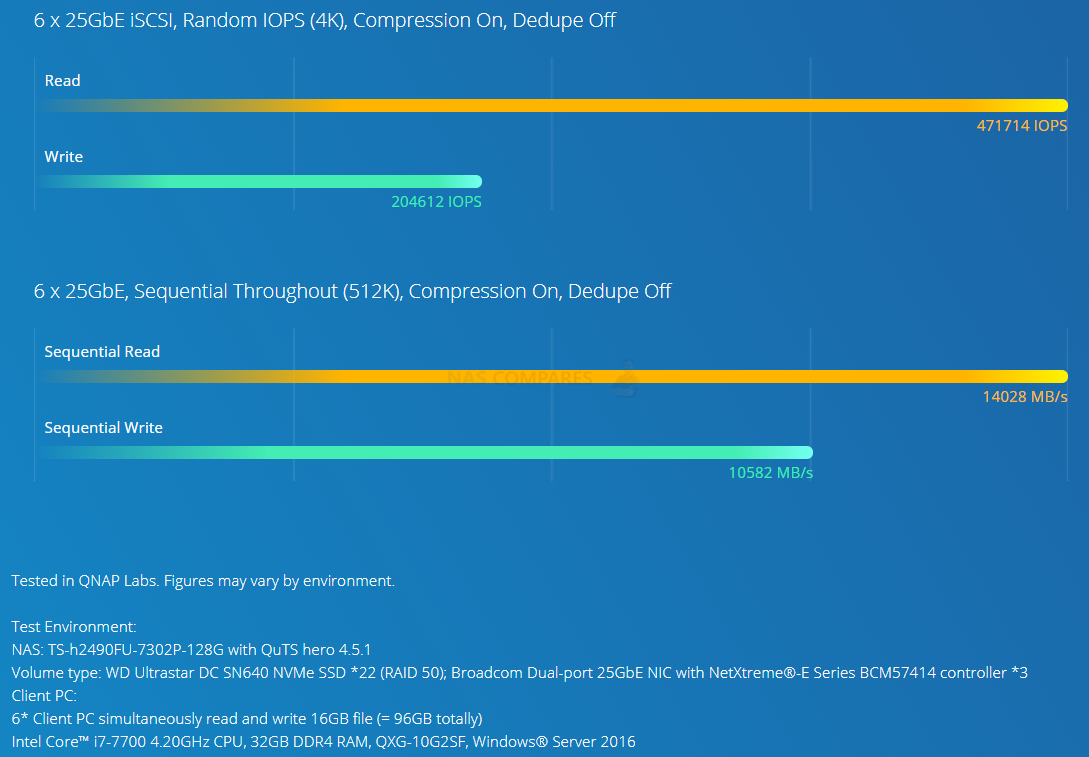
QNAP File Management Highlights
- File Station – File Browsing and Management Tool
- QSirch -Intelligent and Fast System-wide search tool
- QFiling – Smart and customizable long term storage and archive tool
- SSD Caching Monitor and Advisor – Allowing you to scale your SSD cache as needed, or get recommendations on how much you need
- QTier – The QNP intelligent, multi-layer tiering system that works to optimize your SSD and caching configuration
- Microsoft Active Directory– Support and cross-platform control of Active Directory processes
- Access-Anywhere with myQNAPcloud – Safe and secure remote access over the internet to your storage systems, apps or just file storage
- Qsync for multiple hardware environment backups and Sync – Client applications that can be installed on multiple 3rdparty devices and create a completely customizable and scaled backup network between your devices
- QuDeDupe / Deduplication tools – Allowing you to conduct backups between multiple devices and directories, but allows same-data in numerous locations to be only held once (but recorded in all locations) to allow smaller backups and lesser bandwidth consumption
Then you have KEY applications that are used on the QNAPNAS system that moves into tailored data access and use, such as:
- Hybrid Backup Sync 3 – Allows you to Backup and Sync with Amazon Glacier, Amazon S3, Azure Storage, Google Cloud Storage, HKT Object Storage, OpenStack Swift, WebDAV, Alibaba Cloud, Amazon Drive, Amazon S3, BackBlaze B2, Box, Dropbox, OneDrive, Google Drive, HiDrive, hubiC, OneDrive, OneDrive For Business, ShareFile and Yandex Disk. As well as backup to another NAS over real-time remote replication (RTRR) and USB connected media. All scheduled and all accessible via a single app user interface.
- vJBOD and Hybrid Mount – Gives you the ability to mount cloud storage as a visible drive within the NAS (and the apps access it as if it was local) or mount a % of space from your NAS onto another as a virtual chunk of space to use
- Multimedia Console – one portal access point to manage media access, searching, indexing and transcoding on your NAS device.
- Photo, Video and Music Station – Multiple file type tailored applications to access data in the best possible way that is suited to their output – along with smart searching, playlists and sharing
- Virtualization Station – Used to create virtual computers that can be accessed anywhere over the network/internet with the correct credentials. Supporting Windows, Linux, Android and more. You can import an existing VM image to the NAS, or you can even download Linux and Windows VMs directly to the NAS for trials for free
- Container Station – much like the VM app, Container station lets you mount and access smaller virtual tools and GUIs, then access them over the network or internet.
- Linux Station – Handy application to deploy multiple Linux based Ubuntu VMs from the NAS, all easily and within a few clicks
- QVR Pro and Surveillance Station – Surveillance applications that allow you to connect multiple IP cameras and IP speaks to your network and manage them with the applications. Arriving with 4 camera licenses for Surveillance Station and 8 licenses for QVR Pro (the better one IMO), QNAP is constantly updating this enterprise-level surveillance application – adding newer security hardware and software tools for 2020 (see QVR Face and QVR Door)
- QuMagie – Facial and Thing recognition application to help you retrieve, tag and catalogue photos by its use of AI to actually ‘view’ all your years of photos and let you search by the contents of them, not the file names.
- Download Station – A download management tool that can handle HTTP, BT, FTP and NZB files in bulk to be downloaded to your NAS drive and keep safe. As well as keeping an eye on your RSS feeds and keeping your podcast downloads automatically updated with every episode
- Malware Removers and Security Councillor – Along with Anti Virus software trials on the app centre, QNAP also provide numerous anti-intrusion tools and even a whole app interface to monitor in/outgoing transmissions with your NAS. It can make recommendations to beef up your security and keep you safe
Above are a few of my software overviews that cover the general GUI and system of QuTS Hero on the TS-h886, as well as RAID rebuild and storage management overviews of the system to give you some idea of what the TVS-x88X can and cannot do:
Space Saving Efficiency – Inline data deduplication, compression, and compaction reduce file size to conserve storage capacity and optimize performance.
Intelligent Memory Cache – Main memory read cache (L1 ARC), SSD second-level read cache (L2 ARC), and ZFS Intent Log (ZIL) for synchronous transactions with power fail protection are simultaneously supported to boost performance and security
RAID Z – Multiple RAID levels allow flexible capacity utilization. RAID Triple Parity and Triple Mirror deliver higher levels of data protection.
QSAL (QNAP SSD Antiwear Leveling) – RAID-level SSD lifespan is automatically and regularly detected to prevent simultaneous SSD failure, improving your data protection and system reliability.
App Center – Apps for backup/sync, virtual machines/containers, content management, productivity, and more features can be used to expand the application potential of the TS-h2490FU.
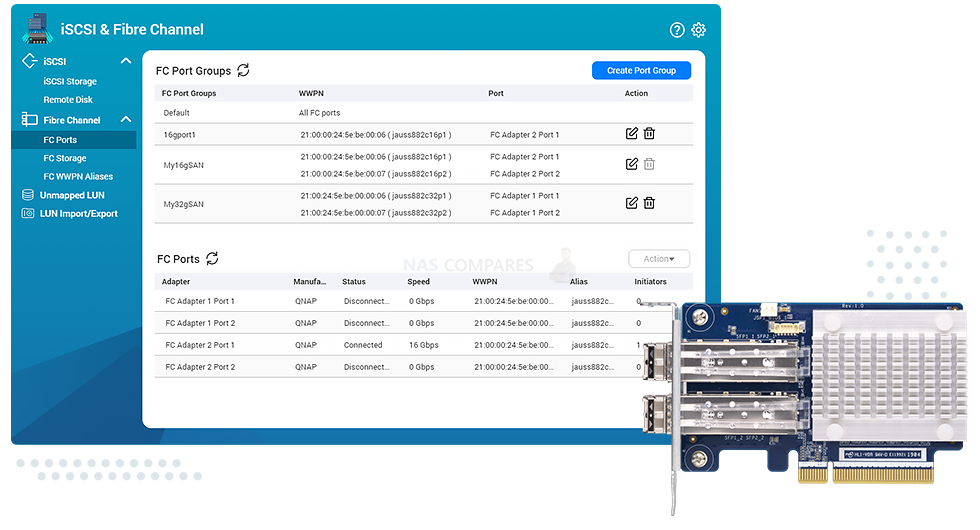
Common Fibre Channel Storage Area Networks (SAN) devices are often costly. By installing QNAP dual-port 16Gb/32Gb Fibre Channel expansion cards in the TS-h2490FU, you have more budget-friendly options to add a NAS to a SAN environment. You can set a Fibre Channel Target using the iSCSI & Fibre Channel app. Moreover, the LUN Masking and Port Binding features provide an additional layer of data security.
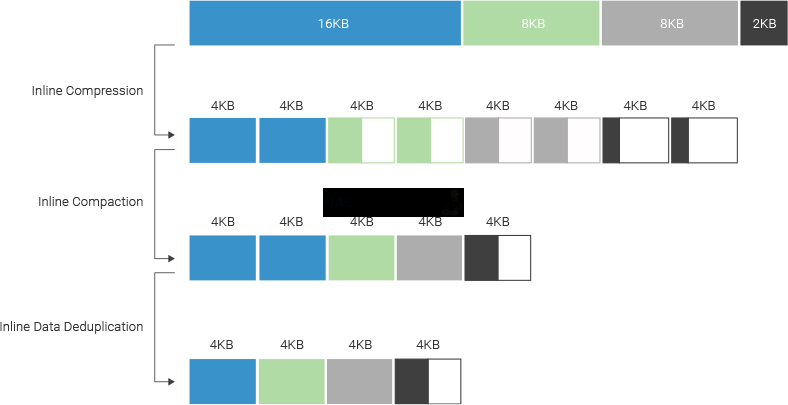
Whether acting as primary or backup storage, the TS-h2490FU optimizes storage utilization to provide a reliable storage cornerstone in the Big Data era. All-flash solutions thus achieve higher cost efficiency while improving both random write performance and SSD lifespan. Along with numerous methods of data backup, synchronization, snapshot and recovery, there are several SSD specific handling technologies built into the QNAPTS-h2490FU.
SSD Write Coalescing
Transforms all random writes to sequential writes along with reduced I/O, effectively increasing write performance in all-flash environments.
SSD Pool Over-provisioning
Dedicated space can be flexibly reserved in an SSD storage pool to allow new data to be written into a complete block even if the pool is almost full, thus improving the performance of fragmented pools.
SSD TRIM
Allows QuTS hero to inform SSDs to delete unneeded data blocks and process the deletion tasks during system idle times, meaning it does not have to wait for when new data is written to the block.
QNAP TS-h2490FU NAS – How Much Will It Be and When Is It Release?
As you can imagine, the QNAP TS-h2490FU is a fantastically enterprise-level solution and not only with command an exceptionally high price tag (likely in the 5 figures) but will also be rather specialist, so expect it to be in small physical quantities and practically made-to-order. As I learn more about this, I will let you guys know and update the pages!
📧 SUBSCRIBE TO OUR NEWSLETTER 🔔🔒 Join Inner Circle
Get an alert every time something gets added to this specific article!
This description contains links to Amazon. These links will take you to some of the products mentioned in today's content. As an Amazon Associate, I earn from qualifying purchases. Visit the NASCompares Deal Finder to find the best place to buy this device in your region, based on Service, Support and Reputation - Just Search for your NAS Drive in the Box Below
Need Advice on Data Storage from an Expert?
Finally, for free advice about your setup, just leave a message in the comments below here at NASCompares.com and we will get back to you. Need Help?
Where possible (and where appropriate) please provide as much information about your requirements, as then I can arrange the best answer and solution to your needs. Do not worry about your e-mail address being required, it will NOT be used in a mailing list and will NOT be used in any way other than to respond to your enquiry.
Need Help?
Where possible (and where appropriate) please provide as much information about your requirements, as then I can arrange the best answer and solution to your needs. Do not worry about your e-mail address being required, it will NOT be used in a mailing list and will NOT be used in any way other than to respond to your enquiry.

|
 |
Minisforum MS-02 Ultra - WHO IS THIS FOR??? (The First 48HRs)
Why People Use TrueNAS, UnRAID and Proxmox to Turnkey NAS (Synology, QNAP, etc)
Why People Prefer Turnkey NAS vs TrueNAS, UnRAID and More
The Top 5 Mistakes NAS Buyers Make
Top 5 PLEX/Jellyfin NAS of 2025
Seagate Ironwolf vs WD Red NAS Hard Drives
Access content via Patreon or KO-FI
Discover more from NAS Compares
Subscribe to get the latest posts sent to your email.




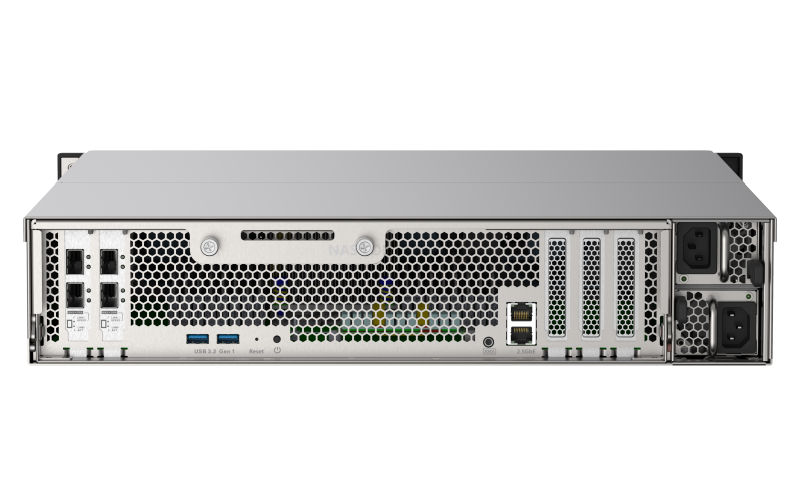
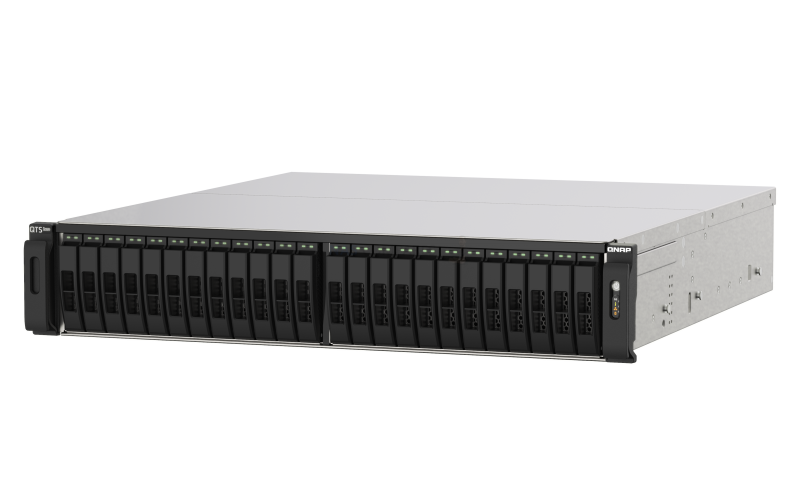


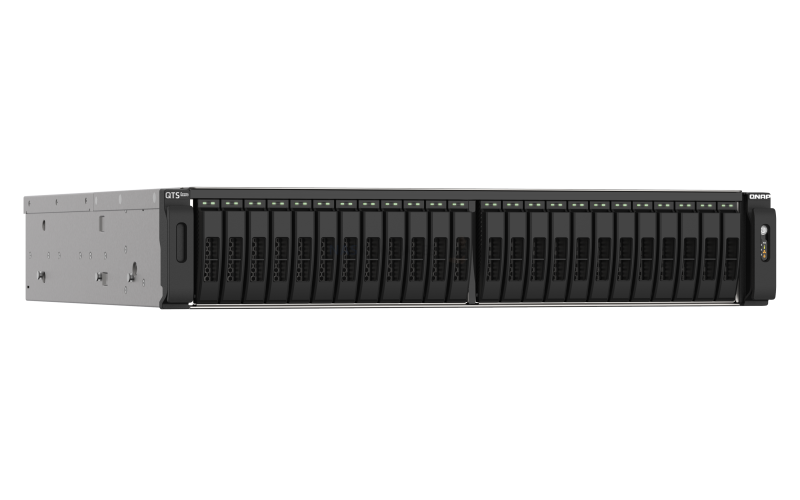

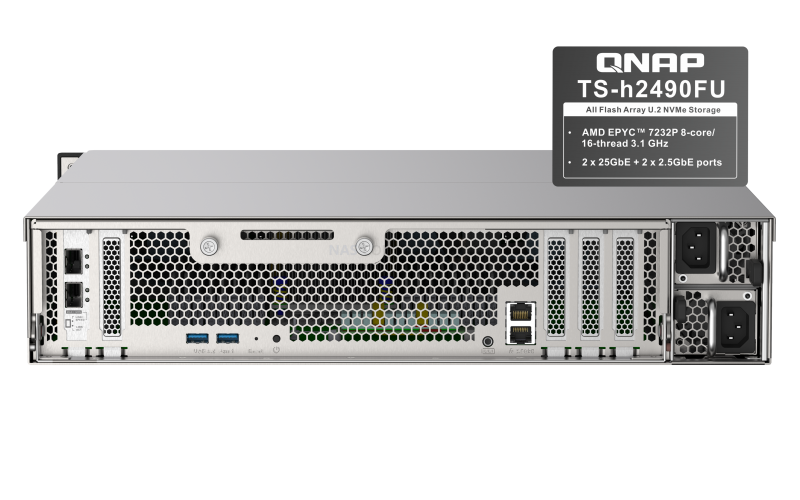
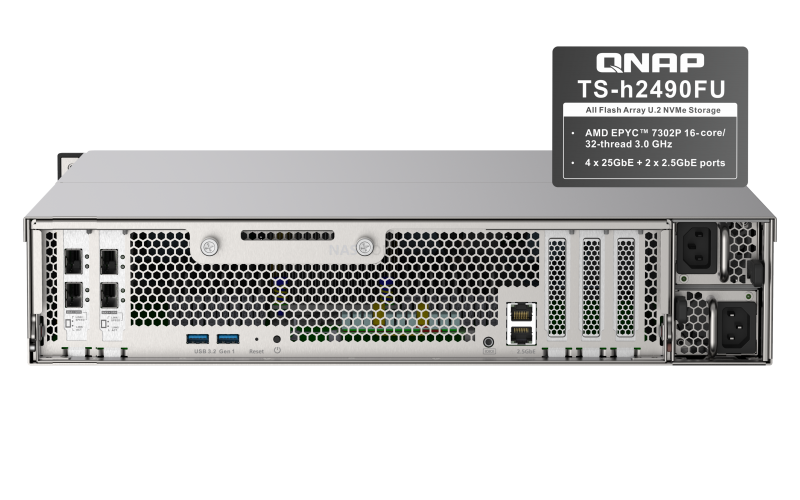
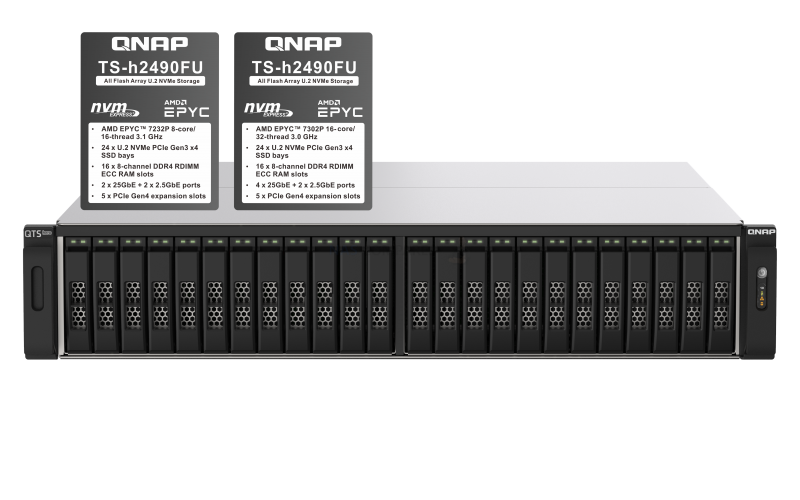



Does anyone make an rackmount 10 or 12 bay 2.5″ SATA NAS with 10GB SFP+ If so, please pass on info. Thanks
REPLY ON YOUTUBE
Can someone answer a question I have? Qnap says to put the system drive on two ssds on a Nas with only two ssds. Does that mean I can’t have a cache Drive?
REPLY ON YOUTUBE
RAID5/6 is NOT ZFS RAID!
REPLY ON YOUTUBE